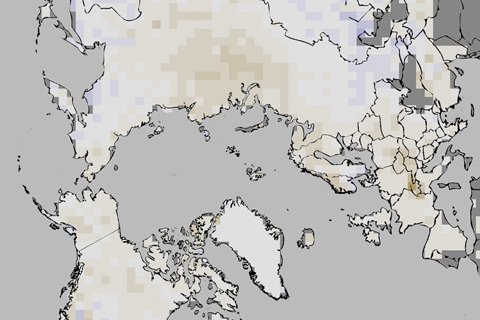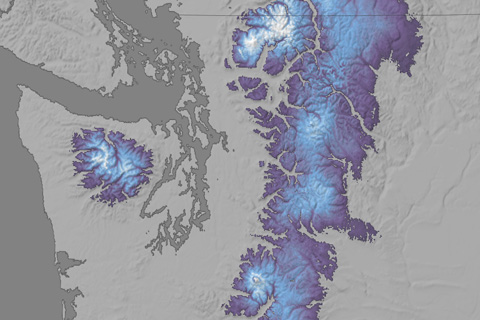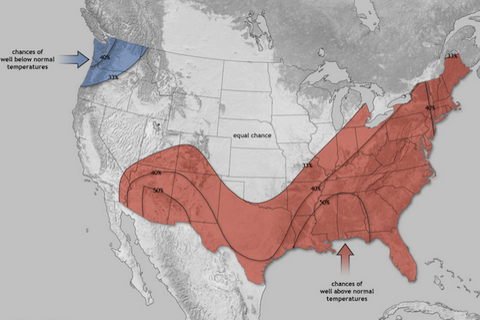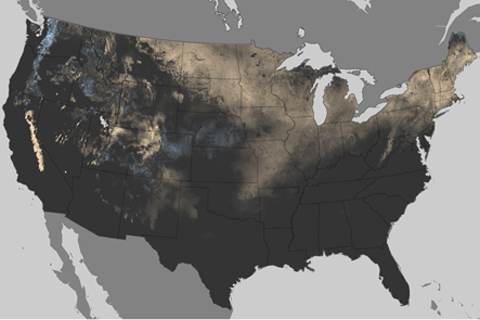
In 2011, annual snow cover extent over Northern Hemisphere continents (including the Greenland ice sheet) averaged 24.7 million square kilometers, which is 0.3 million square kilometers less than the long-term average.

In 2011, annual snow cover extent over Northern Hemisphere continents (including the Greenland ice sheet) averaged 24.7 million square kilometers, which is 0.3 million square kilometers less than the long-term average.

Kristin Laidre, a marine mammal biologist, has taken more than thirty trips to the Arctic, many of them to study the mysterious narwhal. Although the narwhal has appeared in stories throughout history, scientists are just beginning to understand this quirky creature with a fierce survival instinct. But in recent years, a series of unusual events led Laidre to wonder if narwhals are being caught off guard by changes in their unforgiving environment…

Since the beginning of 2012, the contiguous United States has been experiencing drier than average conditions. This lack of precipitation is affecting water availability for agriculture and municipal use, as well as increasing concerns about soil quality and wildfires.

After a record-breaking drought last summer, dry conditions continue to linger in large portions of the South this spring.

In the Great Lakes region, conservation and resource managers are already fending off attacks by multiple invasive species. In the future, climate change will present new challenges, such as anticipating the invaders’ next move and dealing with new, emerging threats — some of which could be swimming around in your aquarium right now.

In the first two weeks of March, a series of storms piled between 4 and 9 feet of new snow on the already deep powder on the western slopes of the Cascades.

According to NOAA’s 2012 Spring Outlook, odds are that dry conditions and above-average temperatures will persist in much of the South, where drought is still lingering after making headlines in 2011. But last year’s most devastating flood events are unlikely to repeat.

Last year on Groundhog’s Day, large swaths of the country were covered in two feet of snow or more after a large storm pounded the eastern United States. This year, Punxsutawney Phil emerged from his den on a balmy day after the third-least snowy January on record. A comparison of snowfall (or lack thereof) so far this season to last year's winter white-out shows what a difference a year makes.

Continuing a decade-long phenomenon, above-average warmth in the Arctic this year was two or more times greater than warming observed at lower latitudes.

The types of tree species that grow in a particular region determine the range of bright colors that paint our landscapes during the fall season. In the future, scientists project that the forest habitats all around us may undergo major changes to due to warming temperatures.